Space is scary, isn't it?
Thinking close to home, astronauts in Earth orbit have to contend with the threat of bone deterioration caused by weightlessness and the extreme health risks of being exposed to space radiation.
Moving outwards, there are the inhospitable bodies of our Solar System, some with scorching, poisonous atmospheres and some with freezing, icy crusts.
In need of more cosmic terror? Read our pick of the best horror movies set in space
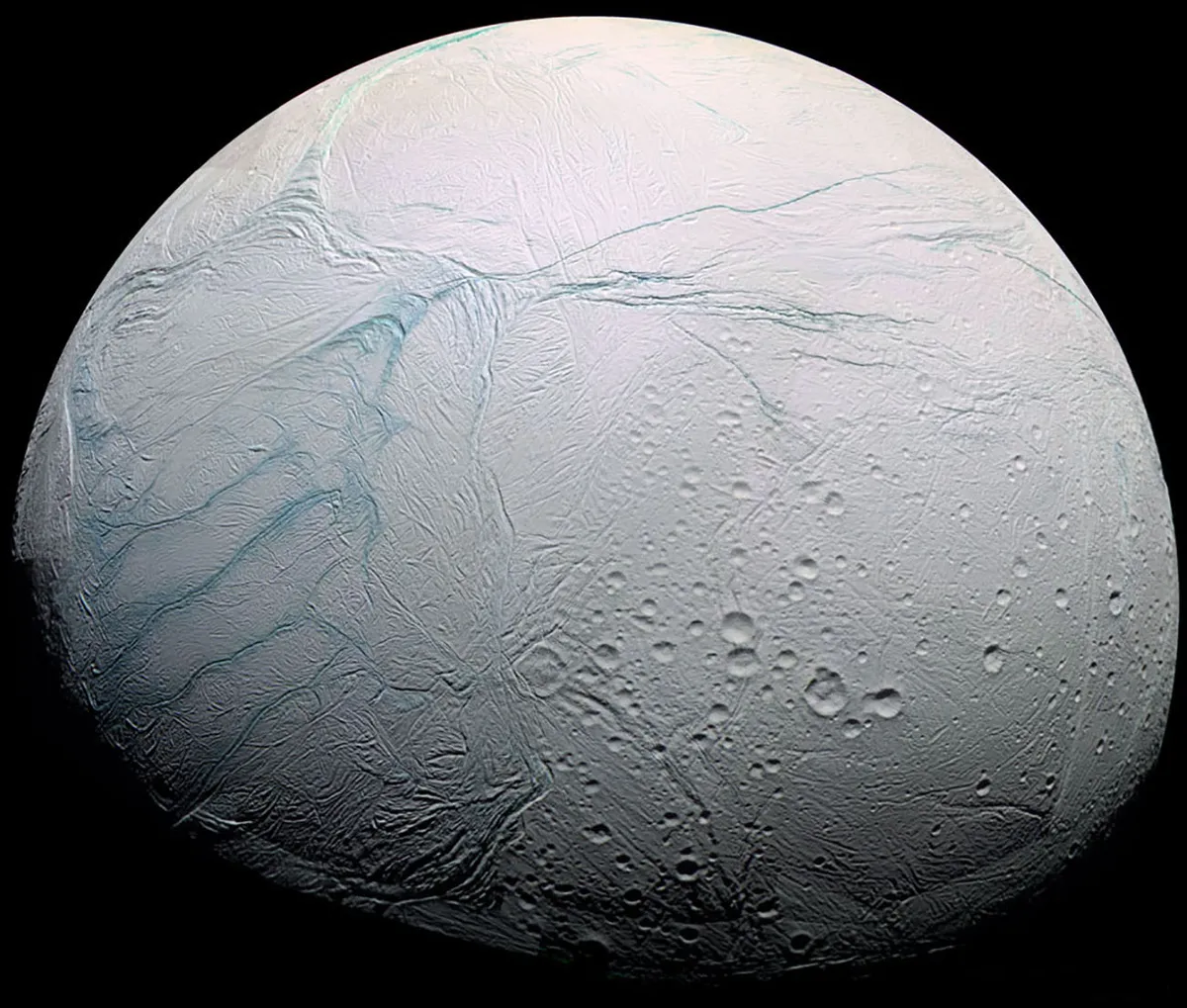
Further out there are exploding stars and black holes that are so dense, not even light can escape their gravitational grasp.
There are spinning pulsars and red giants, gargantuan clouds of deepest, densest black cosmic dust and colliding galaxies.
And there's the fact that astronomers have no idea what the vast, vast majority of the Universe is made of.
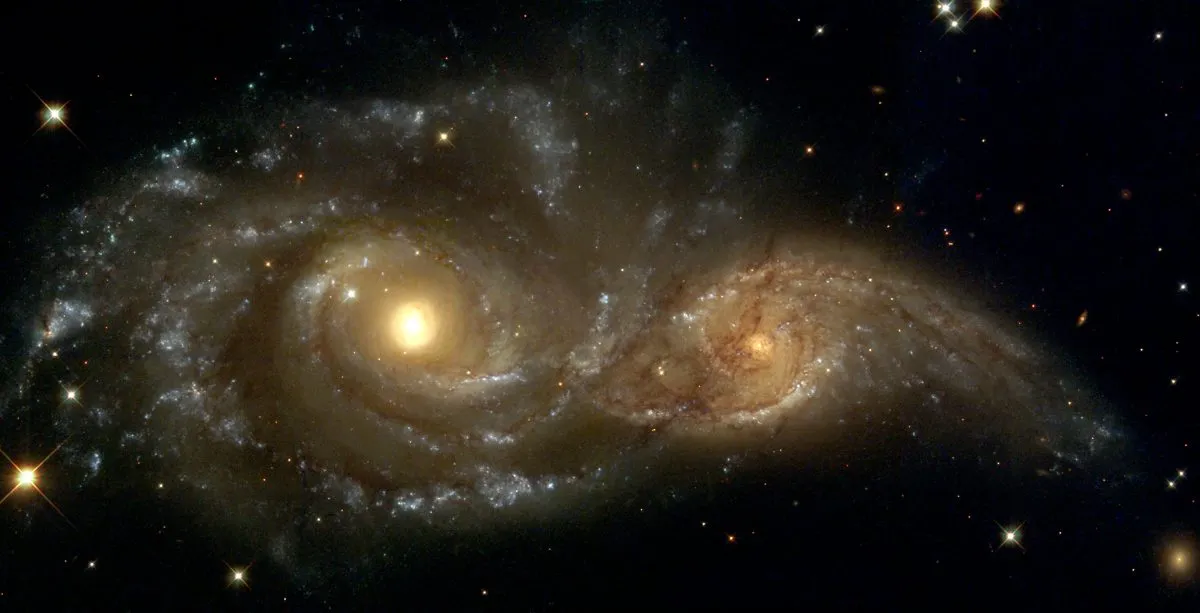
Mostly, of course, these incredible phenomena fill us with wonder and awe, scientific intrigue and a desire like our primitive ancestors to discover what's on the other side of the proverbial hill.
If we think long enough about it, our tiny little planet pales in comparison to what's out there in space, and life on Earth really is very comfortable indeed, cosmologically speaking.
So let's ignore the wonder of scientific intrigue for a moment and instead take a terror tour through the cosmos to encounter some of the scariest things space and the Universe have to throw at us.
Venus
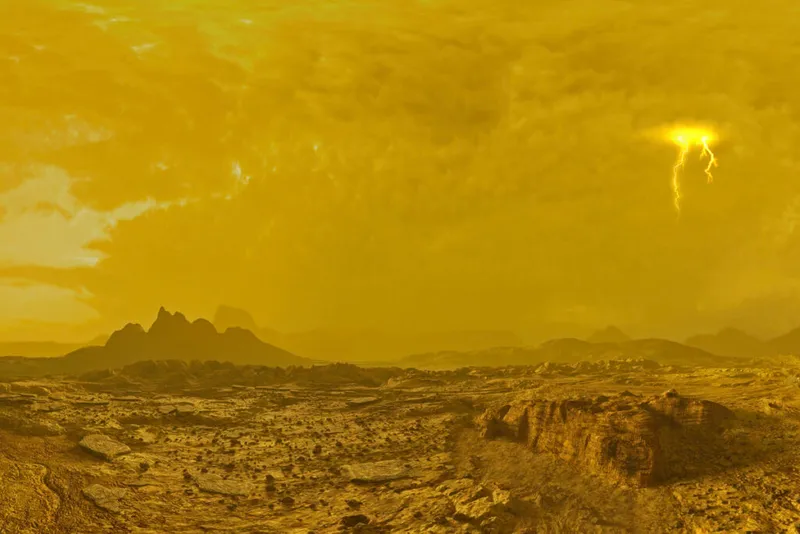
It’s right on our doorstep, and in terms of mass and volume, it’s very like Earth. So you might think a trip to Venus would be a bit like hopping on a ferry from England to France or crossing from the US into Canada.
But no, Venus is a scary, scary place! Venus's atmosphere is mostly made of carbon dioxide, it rains sulphuric acid and the average temperature at ground level is 464°C (867°F).
What’s scariest of all, though, is that Venus MAY once have been very similar to Earth, with oceans and a habitable environment.
But then global warming took over. If only there was a lesson to be learned there, eh?
Asteroids
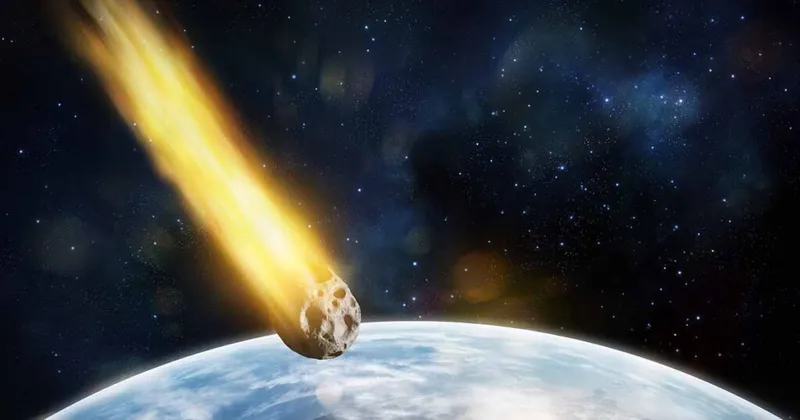
Asteroids are essentially big lumps of rock that whizz around the Solar System at mind-boggling speeds.
They do actually have predictable orbits, once we’ve spotted them, but there are still potentially millions of them that we don’t know about.
66 million years ago, an asteroid named Chicxulub measuring 10km across crashed into Earth and killed the dinosaurs.
And while our ability to detect asteroids has come on in leaps and bounds, there’s no reason, scientifically speaking, why another lumping great asteroid couldn’t come along in the next few decades and kill all of us, too.
Meteors
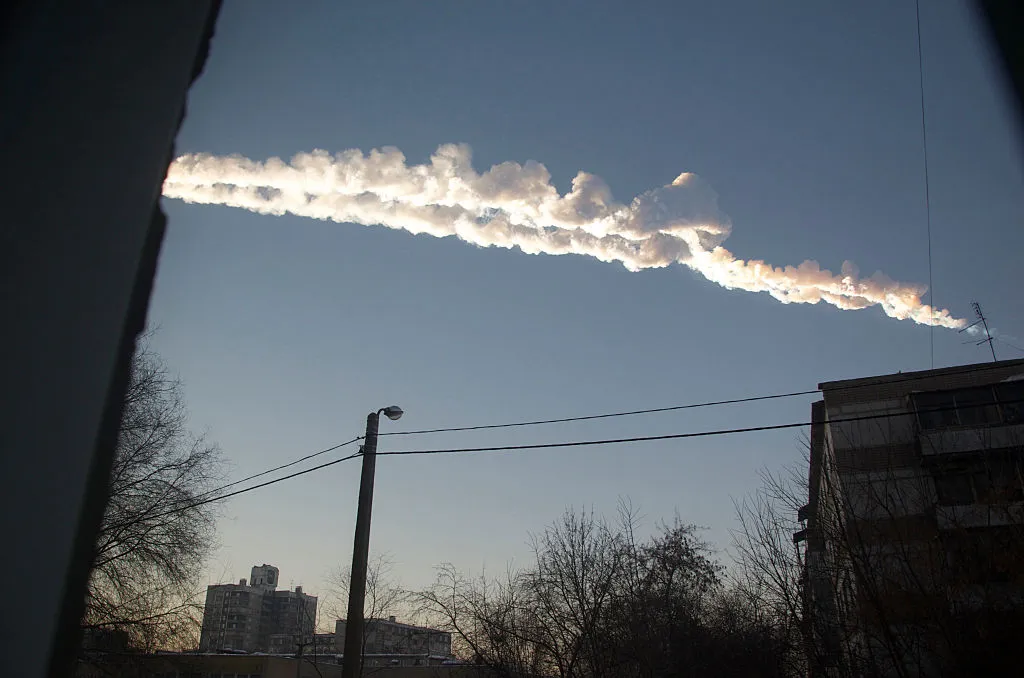
Meteors are like asteroids, but smaller.
Plus points: unlikely to wipe out all life on Earth, so that’s good.
Minus points: are harder to spot and have less predictable orbits.
Okay, yes, we know all about regular meteor showers like the Quadrantids, Leonids, Perseids etc… but just look at what happened in Chelyabsink in 2013.
You wouldn’t want THAT hitting you on the head, would you?
Great red spot
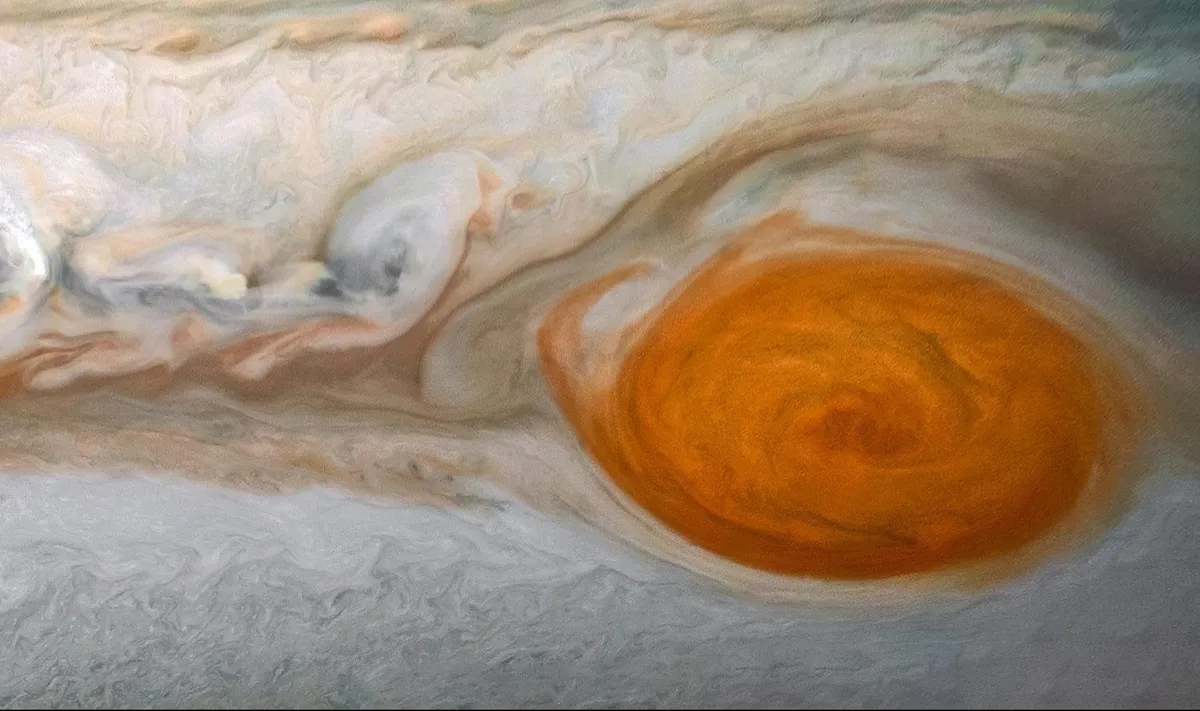
It’s Jupiter’s most distinctive feature but you wouldn’t want to be caught up in the Great Red Spot.
A storm that’s bigger than Earth and which has been raging for over 350 years boasting winds of up to 432 km/h (268 mph) doesn’t sound like much fun at all.
Black holes
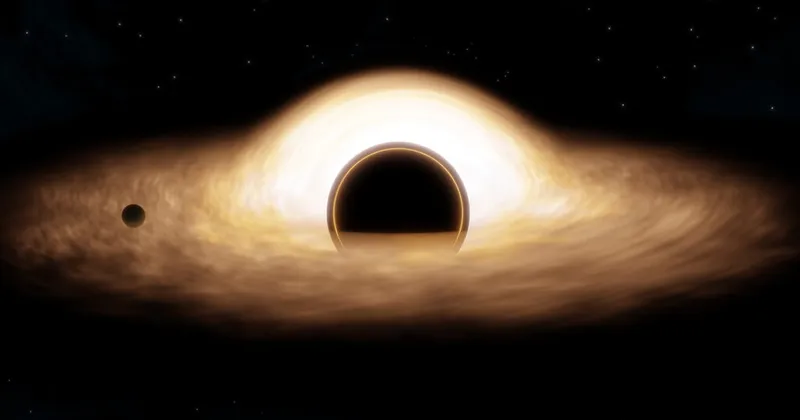
A black hole is a region of space so dense, nothing can escape its its gravitational pull: not even light or any other form of electromagnetic radiation. Cross its ‘event horizon’ and you’ll disappear forever.
And astronomers now think there's a supermassive black hole at the centre of most galaxies.
Just to make matters worse, some of them don’t even have the decency to stay at the centre of galaxies where they belong, and instead wander around intergalactic space at speeds of up to 45 km/s (100,440 mph).
Space junk
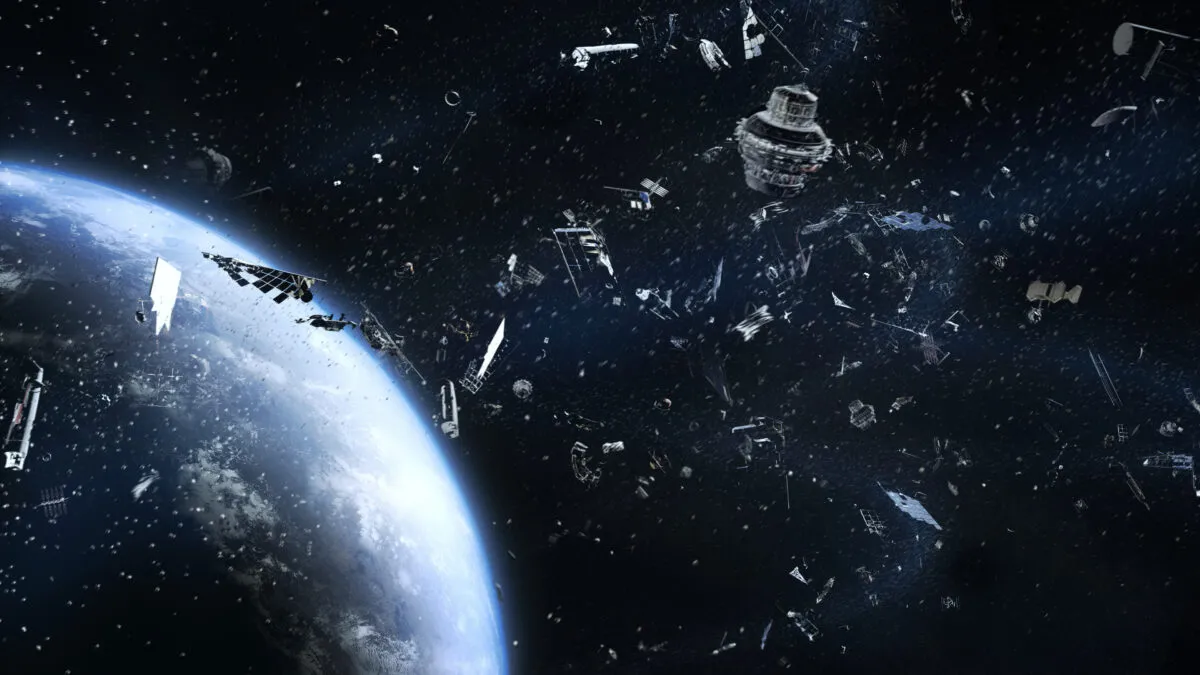
Planning on building your own spaceship and escaping to Mars? Just mind the space junk on your way out!
There are now tens of thousands objects >10cm (4.5 inches) in diameter in orbit around the Earth, with smaller particles (chipped paint, rocket exhaust particles etc) numbering in the millions.
Any one of these can damage passing spacecraft. But perhaps more importantly, if we don’t get a grip on the problem soon, then the satellite systems we rely on for communication could stop working…
HD 189773b
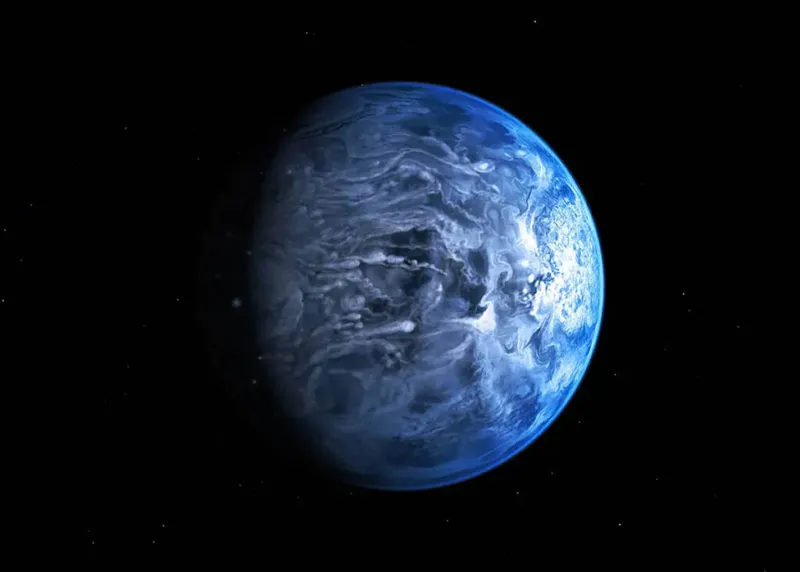
HD 189773b is an exoplanet that was first detected in 2005.
The so-called ‘hot Jupiter’ (a gas giant that lies much closer to its parent star than Jupiter does to the Sun) can be found some 64.5 million lightyears away in the constellation of Vulpecula, and if you could see it through a telescope, it’d look like a big blue marble.
So what’s scary about it? Nothing much. Oh, except that it’s got a ‘surface’ temperature of 1,300°C, it’s constantly buffeted by 8,700 km/h winds and it rains molten glass. So there’s that…
Dark nebulae

Dark nebulae are regions of space that look dark because the clouds of gas and dust there are so thick that light from stars and galaxies beyond can’t get through.
Now, thick black clouds are kind of scary in their own right… but it’s what might be lurking behind them that’s the really frightening thought.
Supernovae

Everything dies eventually… even stars.
And when massive stars die, they die in a spectacular explosion called a supernova… after which either they collapse into a neutron star or a black hole, or their matter is scattered around the surrounding area to form a diffuse nebula.
Supernovae give out so much energy that, for a brief period (measured in days, weeks or sometimes months) they can shine brighter than their host galaxy.
Oasis songwriter Noel Gallagher famously once claimed that someday you’d find him in one, but frankly, in the midst of a supernova is the last place you’d want to be.
Dark matter and dark energy
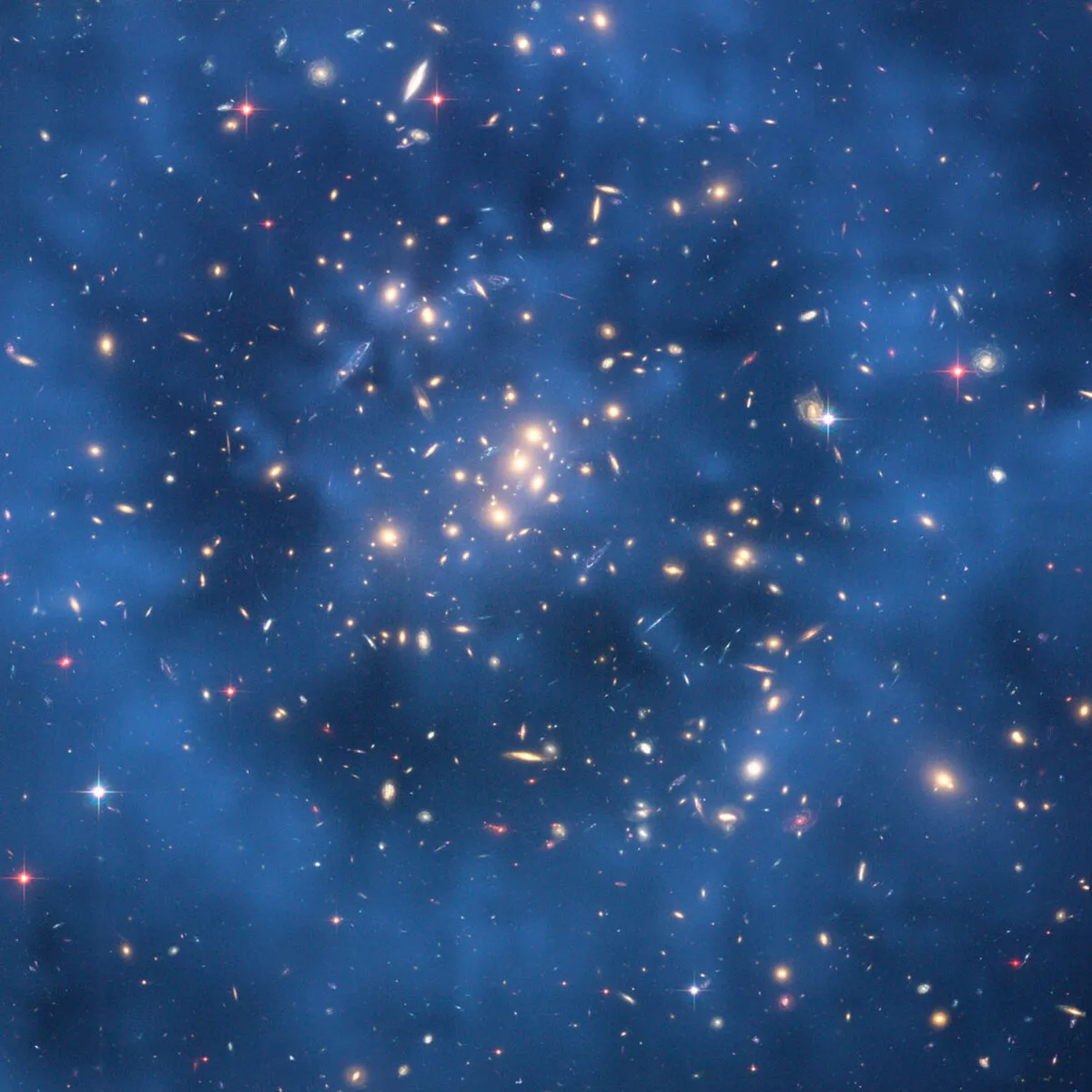
One of the scariest things about space is that we know what just a tiny fraction of the Universe is made of.
According to the European Space Agency, the Universe consists of, very roughly, 5% ordinary matter, 25% dark matter and 70% dark energy.
So it’s a little disconcerting that we don’t actually know what most of that is.
Ordinary matter is easy: that’s all the molecules and atoms that make up you, me, trees, giraffes, rivers, biscuits, Ipswich, planets, stars and, well, everything. So far, so good! But as for the other two…
Dark matter: that’s some kind of otherworldly equivalent. We can’t see it but thanks to its gravitational effects, we know it’s out there in space, in big quantities.
Dark energy is even more mysterious, but seems to be an unknown form of energy that’s accelerating the Universe’s expansion.
How? Why? Who can say? We’re basically stumbling around in the dark here, people.
‘Oumuamua
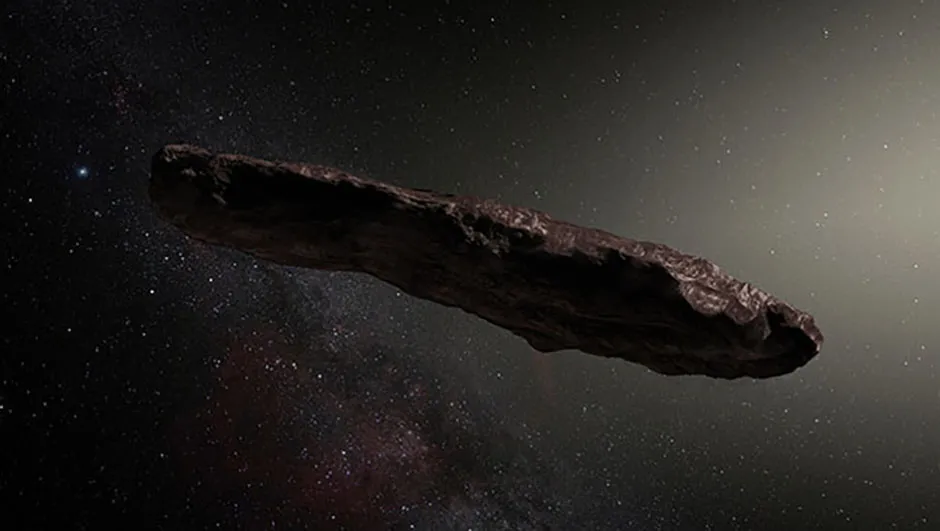
We don’t know that much about ‘Oumuamua except that it came hurtling into our Solar System back in 2017, and that it will soon hurtle out of it again (it’s currently somewhere out past Neptune).
The first interstellar object ever to be observed in the Solar System, ‘Ouamuamua naturally attracted a great deal of attention.
But as it was so small, so distant and so fast-moving, our best guess is still only that it was probably a cigar-shaped lump of rock measuring 100-1,000m (330-3,300ft) long and 35-167m (115-548ft) wide.
And definitely not an alien probe. Ahem.
The Wow! signal

In August 1977, astronomers operating the Big Ear radio telescope at Ohio University in the US detected what appeared to be a narrowband radio signal coming from the direction of the constellation Sagittarius and lasting for 72 seconds.
What’s more, the signal had a frequency of 1,420MHz, which – due to its matching natural emissions from hydrogen – scientists had declared the most likely frequency to be used by alien civilisations attempting to communicate, some 18 years earlier.
The Wow! Signal, so-called because the astronomers marked it on their data printout with the word ‘Wow!’, has never been heard again – nor satisfactorily explained.
Cue *Twilight Zone* music…
Pioneer’s golden plaques

NASA’s Pioneer 10 and Pioneer 11 probes blasted off to explore space in the early 1970s.
Each had a gold plaque mounted on the outside showing a map of the Solar System, its location within the Milky Way and anatomically correct drawings of male and female humans, pictured (for scale) alongside a line-drawing of the probes themselves.
The idea being that, were the probes ever discovered by an alien civilisation, they’d know where they’d come from.
So basically we’ve sent nude pictures of ourselves to complete strangers – and complete ALIEN strangers, at that – along with directions to our house. What could possibly go wrong?
Supervoids
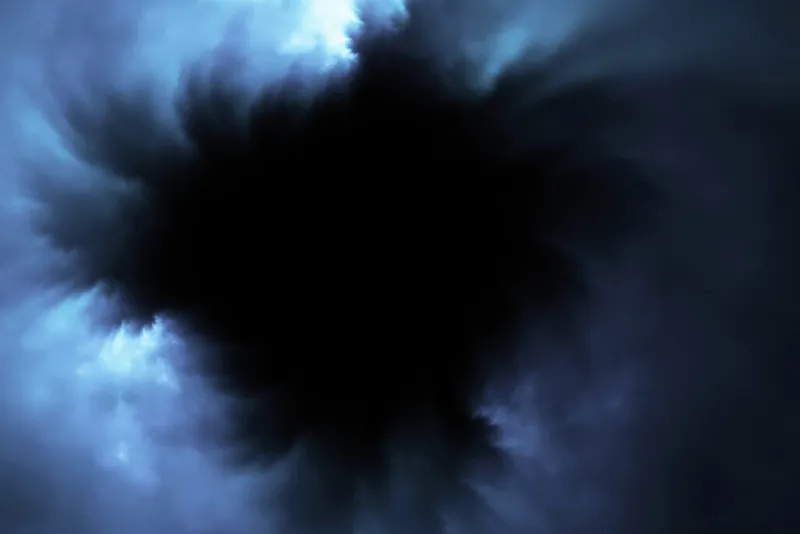
Dark nebulae are areas where there doesn’t appear to be much going on, but they’re really just big clouds of dust and gas.
Supervoids, though, are areas of space where there actually ISN’T anything go on – they’re the gaps between filaments, the long chains of galaxy superclusters that make up the macro structure of the Universe.
And they’re huge. As in, don’t think about it for too long huge.
In fact we’re going to talk about the next scary thing now, because that much nothing is just too much for the human mind to handle.
Untethered spacewalks

Ordinary spacewalks (or EVAs, to give them their technical term) are bad enough.
But usually, astronauts are connected to their spacecraft by a tether – so that they don’t, y’know, float off, die of suffocation and have their frozen corpses bounce around the vast nothingness of space for all eternity.
On an untethered spacewalk, though, all your hopes of avoiding the above rest on the gas thrusters in your Manned Maneuvering Unit not malfunctioning. Just no.
KELT-9b
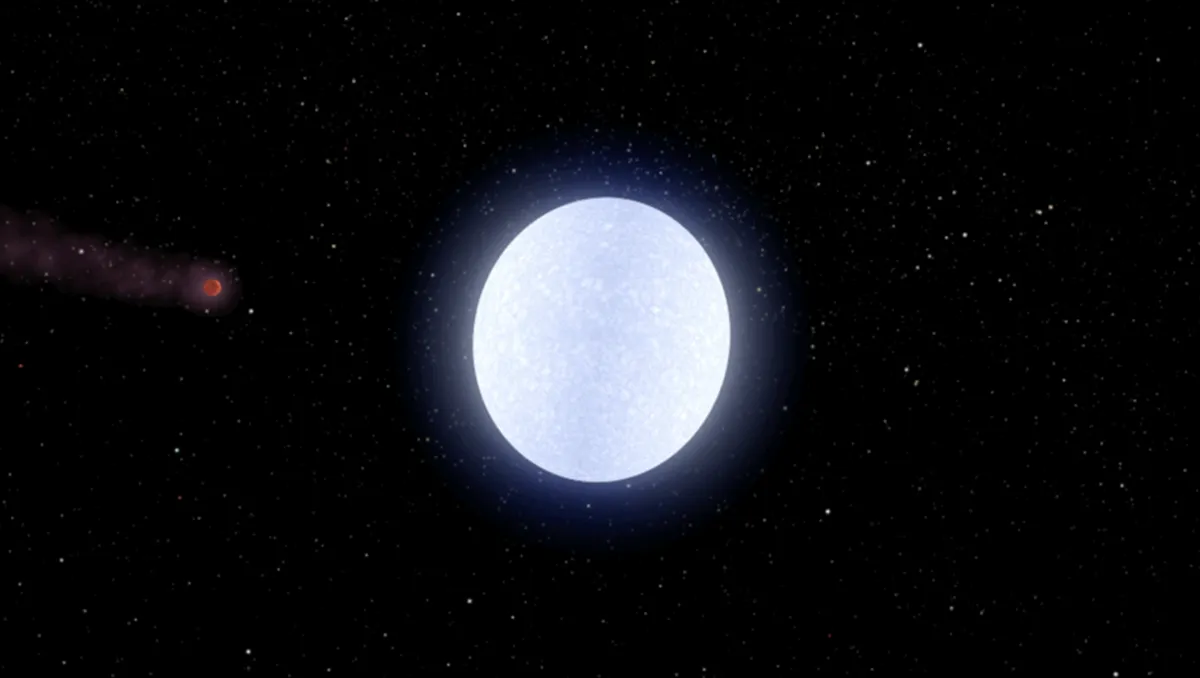
Several cities across the UK have introduced ‘clean air zones’, where drivers whose vehicles’ emissions exceed a certain level have to pay a surchage to drive through or into certain areas.
Such schemes have proved controversial, to say the least, but hey, reducing air pollution is a good thing, right?
Spare a thought, then, for the motorists (were there any) of exoplanet KELT-9b.
It’s so hot on KELT-9b – the average surface temperature is 4,300°C (7,700°C) – that the atmosphere contains huge amounts of, wait for it, vaporised iron.
We can only imagine what the clean air surcharges THERE must be like!
Fast radio bursts
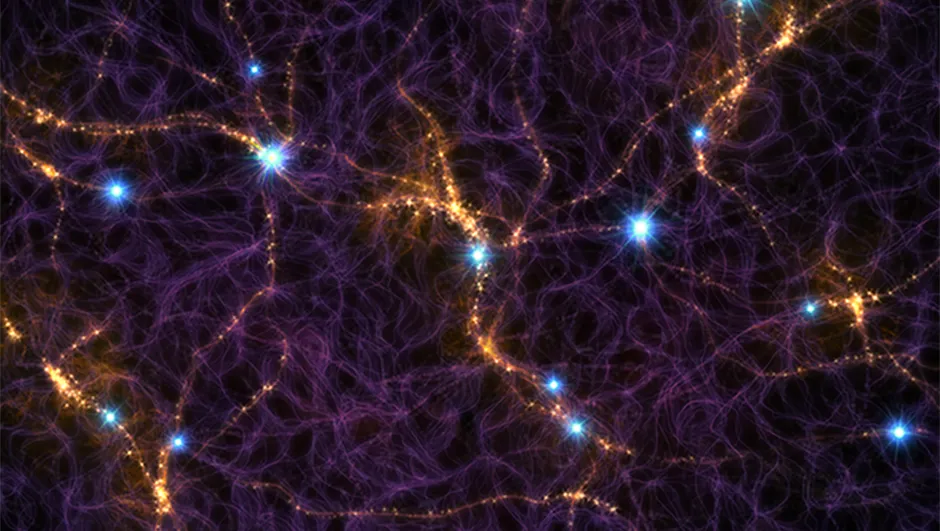
Some of the scariest things in space are phenomena we just can't explain.
Lasting from a fraction of a millisecond to up to three seconds, fast radio bursts are sudden ‘flashes’ of electromagnetic radiation, coming from a single point source and releasing as much energy in a millisecond as the Sun does in three days.
The first one was detected in 2007 and since then, we’ve found them all over the sky. Some of them repeat at set intervals, others seem to be one-offs.
What’s causing them? That’s the scary part… we have absolutely no idea.
File under: ‘Could be aliens (but is probably to do with supernovae or something)’.
The Cone Nebula
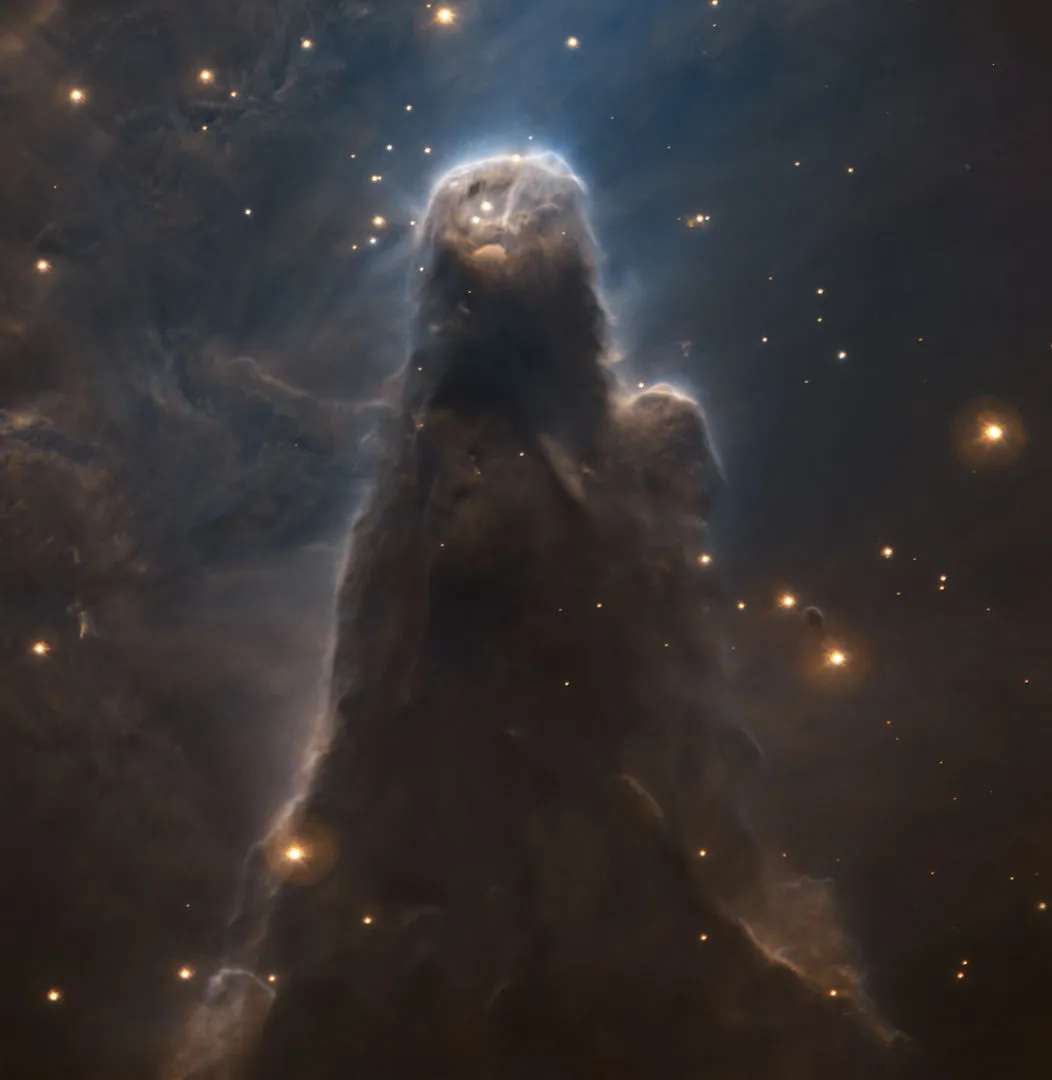
To be fair, there’s nothing particularly scary about the Cone Nebula.
Okay, yes, if you suddenly found yourself in the middle of it, you’d die in a matter of milliseconds, but that’s space for you – the Cone Nebula’s by no means unique in that regard.
But just look at it… it’s like a giant, shaggy black bear that’s come to kill you.
And did we mention it’s 500 million times bigger than the Solar System? Sweet dreams…
The Eye of God Nebula

More properly known as the Helix Nebula, NGC 7293 or Caldwell 63, this planetary nebula in the constellation of Aquarius looks like a giant eye in the sky, watching our every move from the dark, unforgiving expanse of space.
Some people have even started referring to it as the Eye of Sauron, which says it all, really.
White holes

Black holes that suck in everything around them like a giant space vacuum are hard enough to get your head around.
But in 1964 Soviet cosmologist Igor Novikov looked at Einstein’s theory of relativity and came up with their opposite: regions of space that nothing that can enter, but from which matter, energy and light can nevertheless emerge.
Admittedly, white holes are entirely theoretical objects. We’ve never actually seen one and many scientists don’t believe they exist, but still… who’s to say they’re not portals from another Universe, one that’s filled with all manner of mind-eating alien zombies and hive-minded cyborgs?
Coronal mass ejections
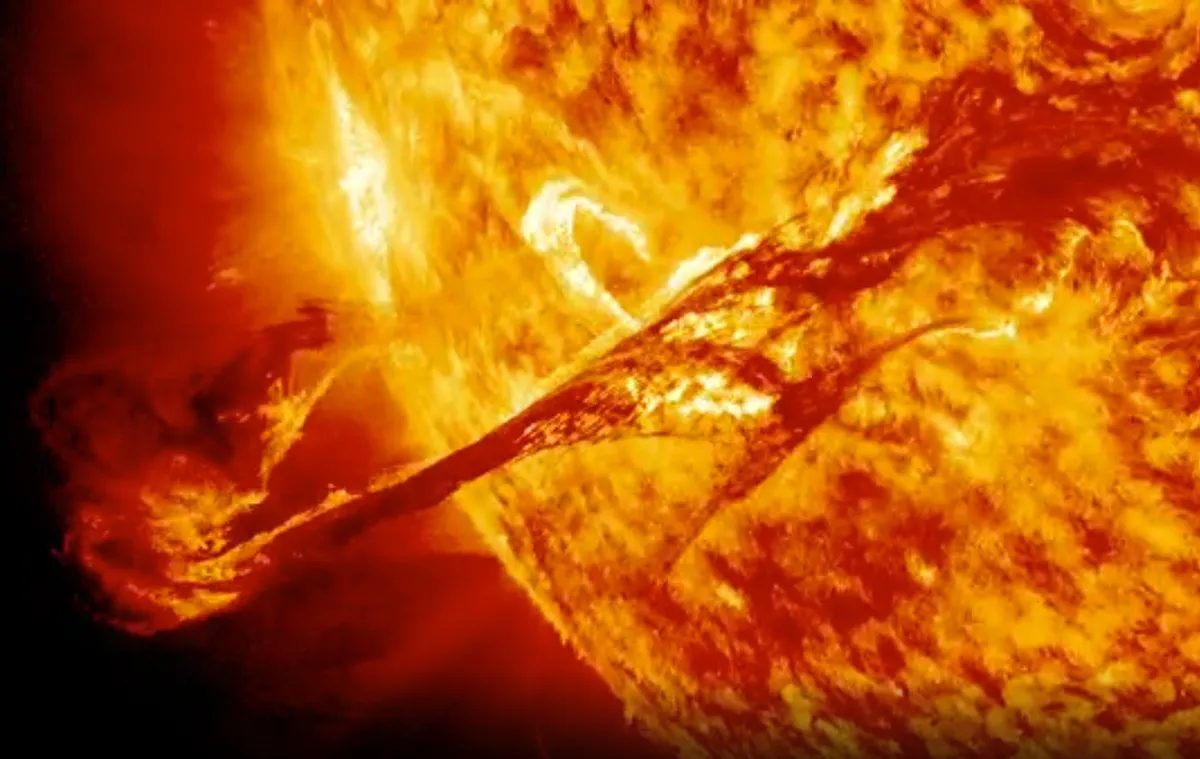
One of the scariest things in space comes from our own Sun: provider of life on Earth.
Coronal mass ejections (CMEs) aren’t uncommon: according to NASA their frequency varies from one a week at solar minimum, to two or three a day at solar maximum.
Unlike solar flares, which are essentially bursts of light, coronal mass ejections are giant clouds of magnetised particles.
As they’re fired off pretty much randomly from all over the Sun’s surface, few CMEs ever reach the Earth – but those that do can have some serious negative consequences.
In 1859, a large CME brought down much of the US telegraph network.
Were a large-enough CME to occur today, it could bring sat-nav, telecommunications and the internet to an abrupt halt worldwide, which could cause all kinds of social, economic and political upheaval.
Gamma ray bursts
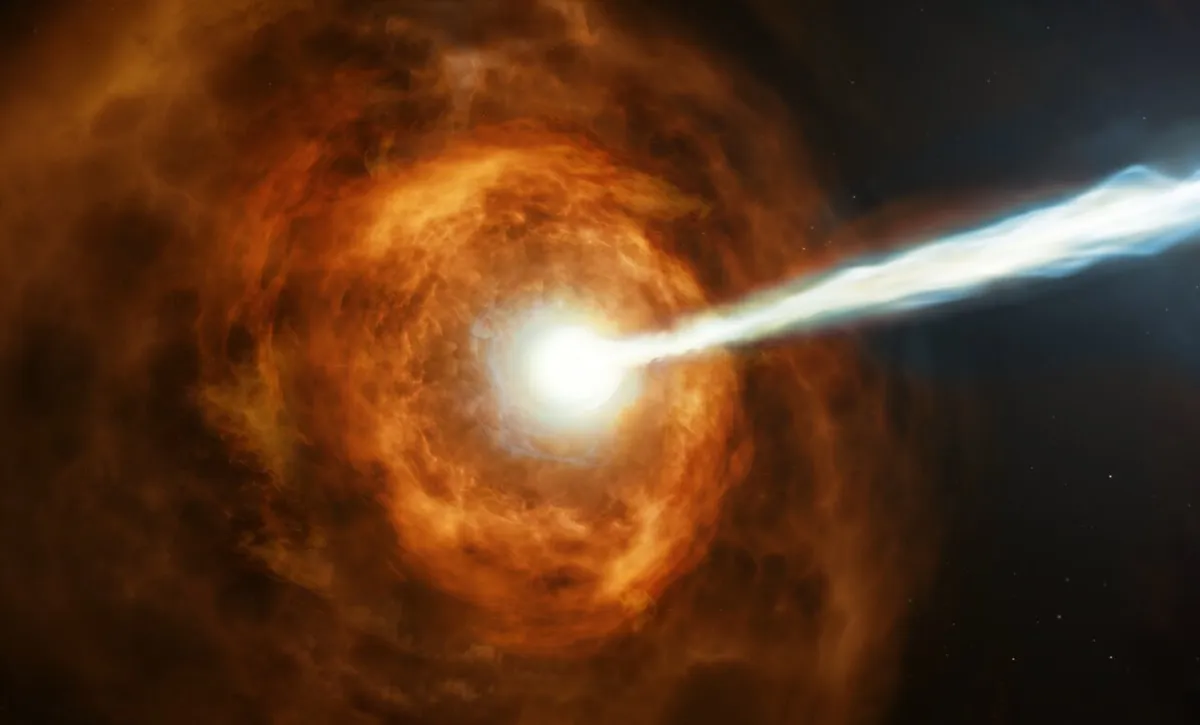
NASA describes gamma ray bursts as “the most powerful class of explosions in the Universe”.
Lasting anywhere from a few milliseconds to a few hours, GRBs emit more electromagnetic radiation than any event since the Big Bang.
And while they’re extremely rare, and mostly happen a very long way away, some astronomers believe that a GRB within 6,500 lightyears of Earth may have been responsible for the Late Ordovician mass extinction (one of the five mass extinctions in Earth’s history) around 450 million years ago.
Rogue planets
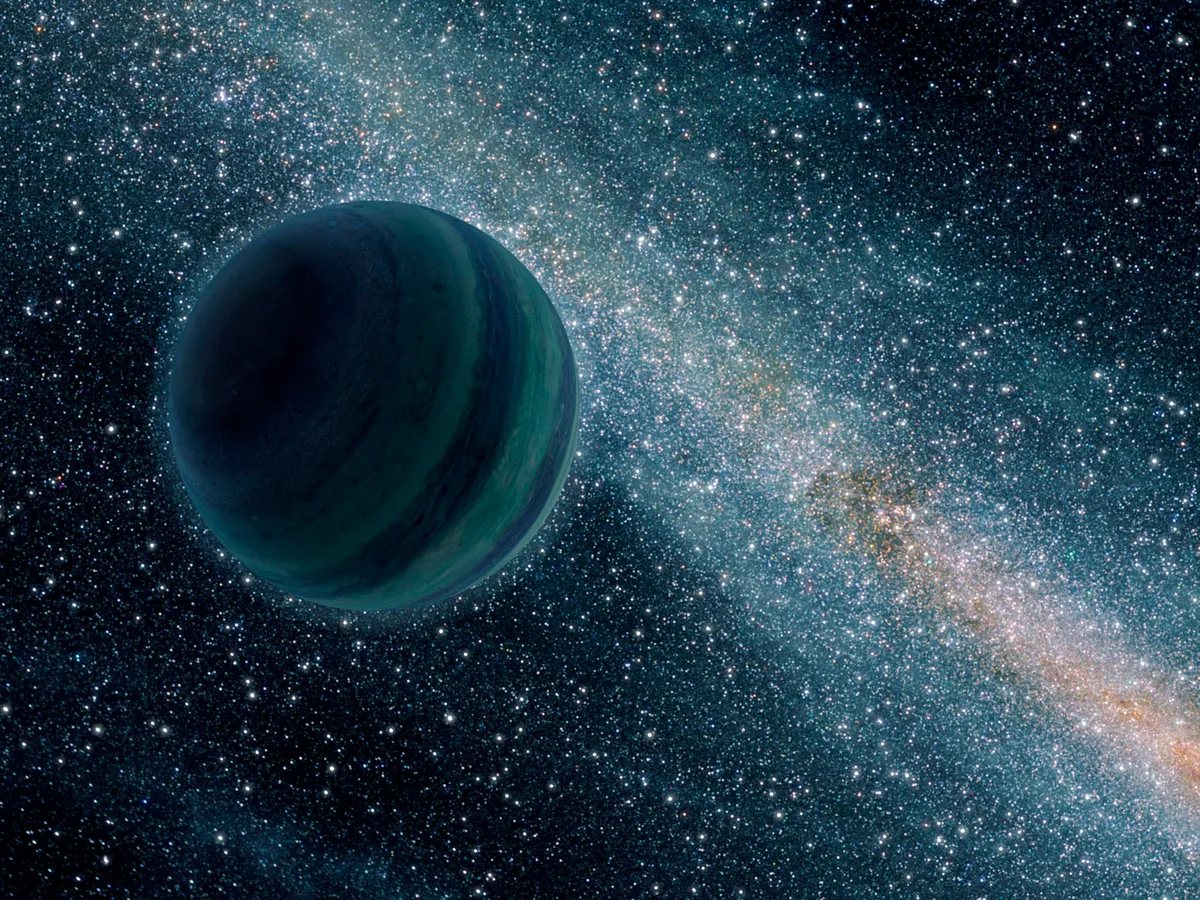
Planets orbit stars, right?
Well, usually… and then there are the ones that just whizz around interstellar space all on their own, having been ejected from the planetary system in which they formed.
Some scientists believe there may be billions or even trillions of rogue planets hurtling around right here in our own Milky Way.
And you thought getting struck by an asteroid was the biggest of Earth’s worries!
Cannibal galaxies
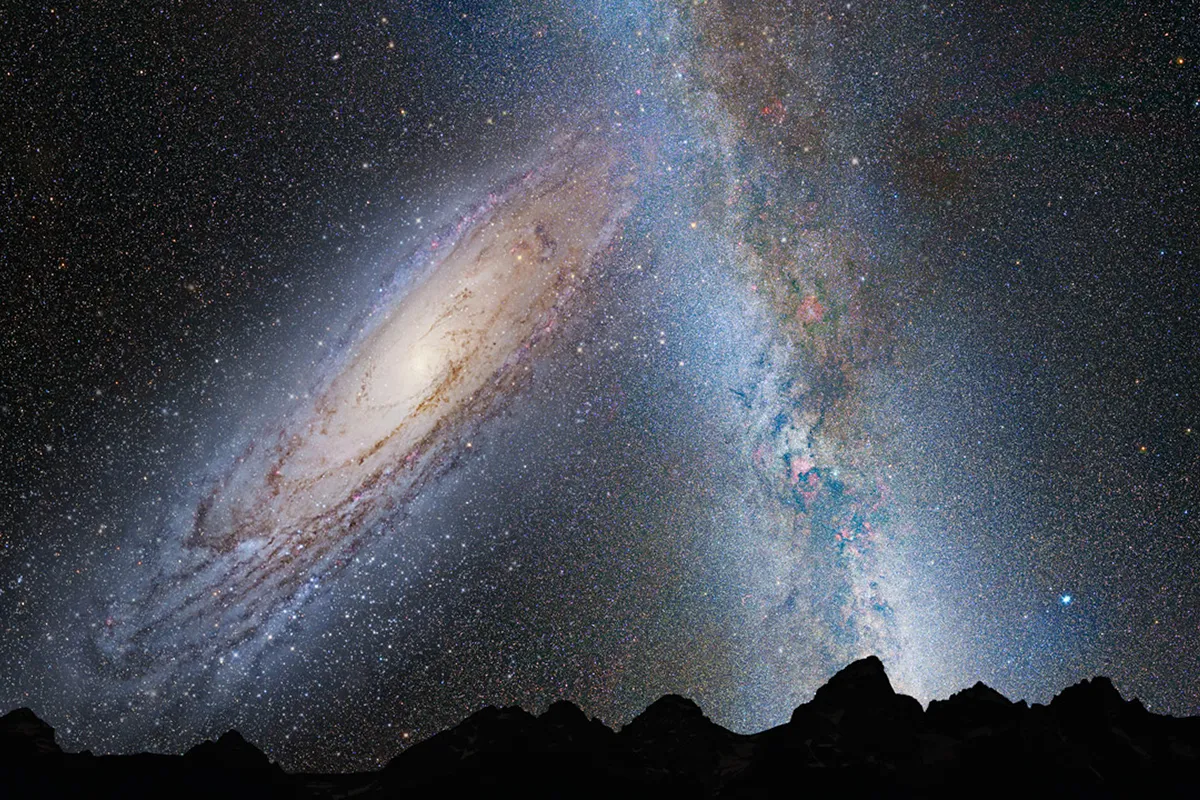
Sometimes, galaxies eat each other.
When two galaxies come close together in space, the gravity of the larger one can start to draw in gas, dust and other matter from the smaller of the two.
In fact, this process is going on all over the Universe – and one day, the Andromeda galaxy will consume our own Milky Way.
It's already even got its own name: the Andromeda-Milky Way collision.
But it won’t happen for another four billion years or so, so it’s probably not something to lose sleep over.
Vampire stars

Many stars are locked in binary systems, where two stars circle around each other constantly.
In some cases, the gravity of the larger of the two slowly sucks all the gas and plasma from the other until it either shrinks to a white dwarf – or explodes in a supernova.
In which case, we call the larger one a ‘vampire’ star. Everyone put on your best Bela Lugosi voice and repeat after us: “I vant to suck your hydrogen”.
Comet C/2014 UN271
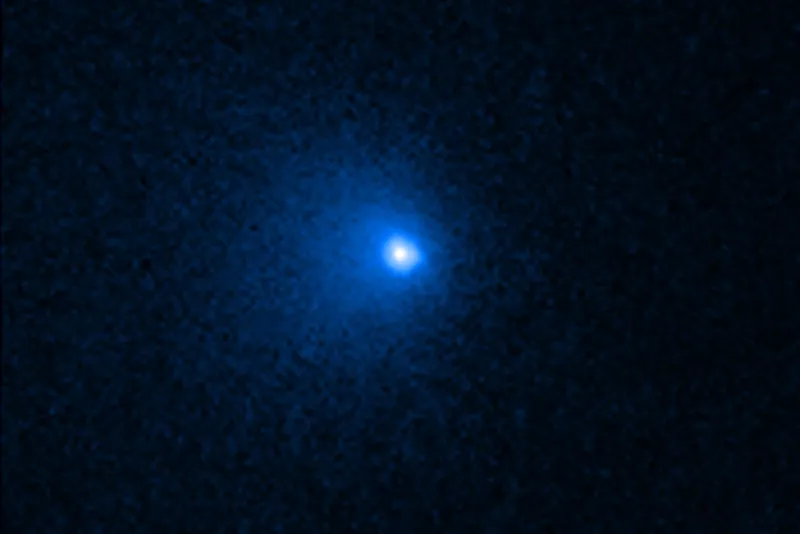
Comet C/2014 UN271 wasn’t spotted until a few years ago, but when it was, scientists got something of a shock, because it’s the biggest comet ever discovered, measuring 137km (85 miles) across.
That’s 12 times larger than Halley’s comet and nearly half as big again as the previous record holder, comet C/2002 VG94.
And it’s currently heading right this way… although as it will come no closer to the Sun than Saturn when it makes its nearest approach in 2031, there’s nothing too much to worry about.
The Great Attractor
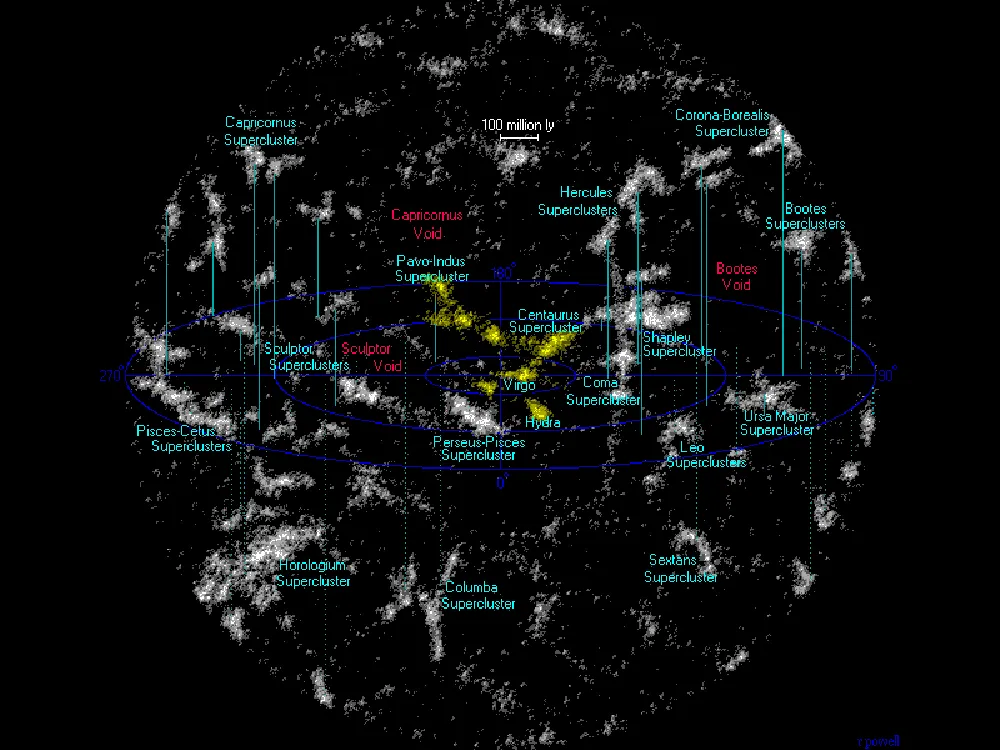
At the heart of the Laniakea supercluster – the galaxy supercluster that includes our own Milky Way galaxy – lies the Great Attractor, a region of interstellar space that has the mass of 10 million billion Suns.
Quite where that mass comes from, we don’t know, because it lies on the other side of the centre of the Milky Way, so we can’t see it.
But we do know it’s slowly pulling everything in the Laniakea supercluster towards it.
The good news? Whatever the Great Attractor is, it will take the Milky Way over 100 billion years to get there – and Earth will have been swallowed up by the Sun billions of years before that anyway. Phew!
Dead galaxies
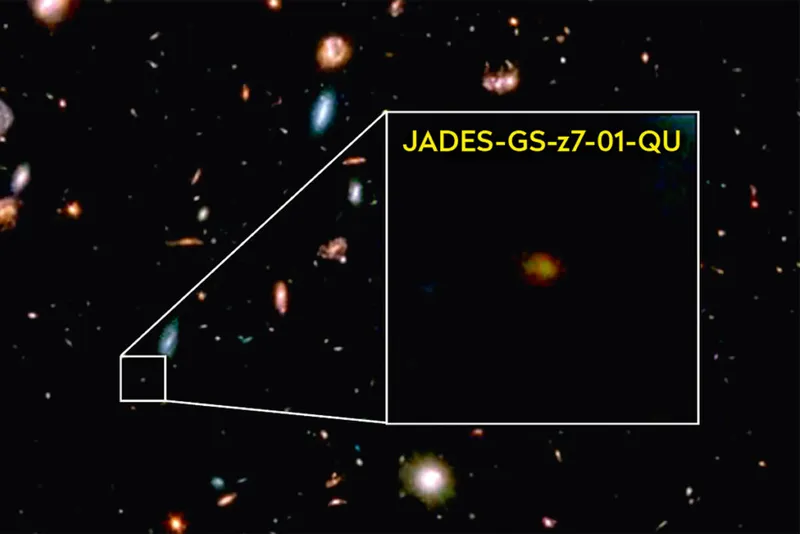
Dead galaxies aren’t actually that scary at all, if we’re being honest.
It’s not like they’re full of alien ghosts or extraterrestrial zombies or anything, they’re just galaxies where there are no new stars being formed.
Nothing to see here, move along now folks…
But the name ‘dead galaxy’ itself is pretty goth, isn’t it? So they make the list.
Credit where it’s due and all that.
Astronomers using the James Webb Space Telescope found the oldest dead galaxy ever seen, raising questions about how much we really know about the early Universe.
Cosmic rays

Ultraviolet radiation right here in our own atmosphere can give you a nasty case of sunburn or, even worse, skin cancer.
So just thank your lucky stars you live on Earth and not out in space, where ultra high-energy cosmic rays are zapping about all over the place, all the time.
Because they’re not going to do you any good whatsoever, no matter how much factor 35 you slap on.
In fact, not only are cosmic rays one major impediment to interplanetary travel – we’re still not entirely sure how a crewed mission to Mars would cope with the amount of radiation exposure involved, for instance – they may have played a part in another of Earth’s five historical mass extinctions, at the end of the Pliocene epooch c.2.6 million years ago.
Best avoided, then.
We hope you enjoyed our list of scariest things in space! What would you add to the list? Let us know by emailing contactus@skyatnightmagazine.com
